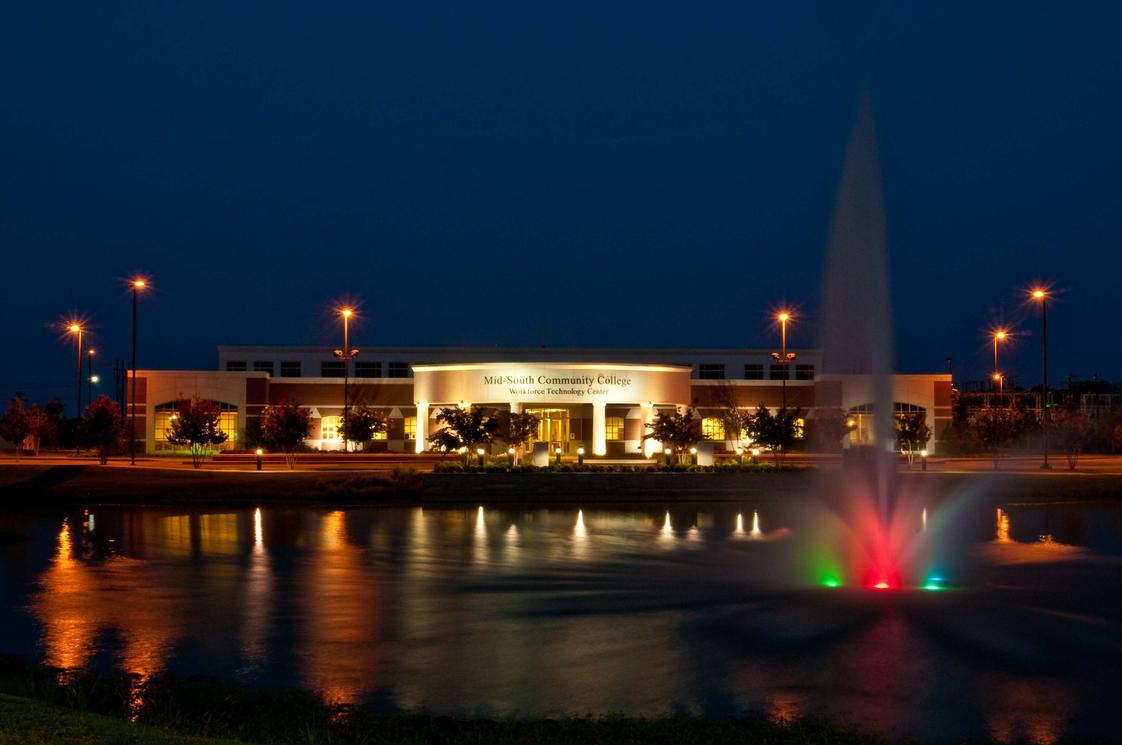- Arkansas State University Mid-South is a rapidly-evolving, forward-looking public two-year institution located in West Memphis, Arkansas. An open-door admission policy, service to the citizens of Crittenden County and surrounding areas, and high-quality, affordable education best describe our college and the community mandate we serve.
School Highlights
Arkansas State University Mid-South serves 1,338 students (20% of students are full-time).
The college's student:teacher ratio of 8:1 is lower than the state community college average of 13:1.
Minority enrollment is 69% of the student body (majority Black), which is more than the state average of 39%.
Quick Stats (2025)
- Enrollment: 1,338 students
- In-state tuition: $2,688
- Out-state tuition: $3,648
- Acceptance Rate: 100%
- Student:teacher ratio: 8:1
- Minority enrollment: 69%
- Source: Verified school update
Top Rankings
Arkansas State University Mid-South ranks among the top 20% of public schools in Arkansas for:
Category
Attribute
Affordability
School Resources
School Overview
The teacher population of 162 teachers has stayed relatively flat over five years.
Arkansas State University Mid-South
(AR) Community College Avg.
Carnegie Classification
Associate's Colleges: High Transfer-High Nontraditional
Associate's Colleges: Mixed Transfer/Career & Technical-High Traditional
Institution Level
At least 2 but less than 4 years
At least 2 but less than 4 years
Institution Control
Public
Public
Total Faculty
162 staff
162 staff
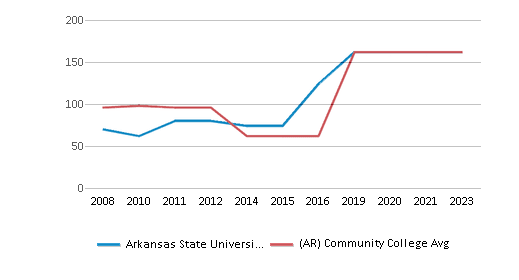
School Calendar
Student Body
The student population of Arkansas State University Mid-South has stayed relatively flat over five years.
The student:teacher ratio of 8:1 has increased from 7:1 over five years.
The Arkansas State University Mid-South diversity score of 0.56 is less than the state average of 0.58. The school's diversity has stayed relatively flat over five years.
Total Enrollment
1,338 students
1,611 students
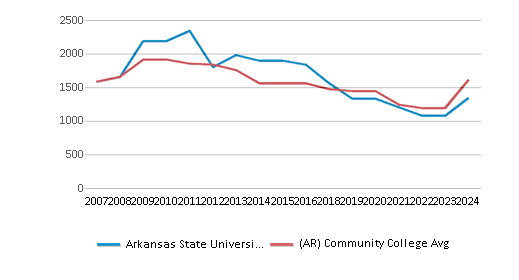
Student : Teacher Ratio
8:1
13:1
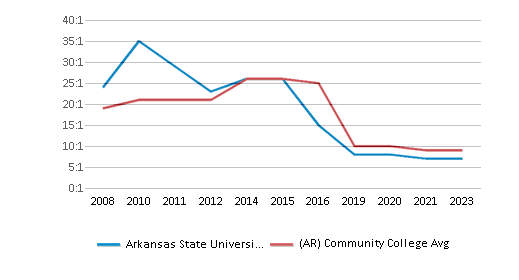
# Full-Time Students
261 students
595 students
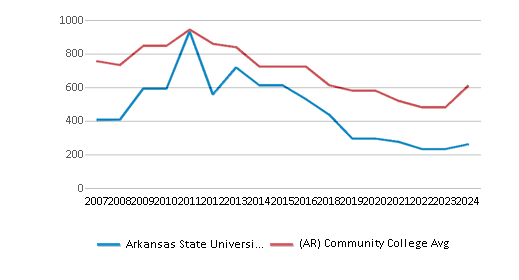
# Part-Time Students
1,077 students
1,058 students
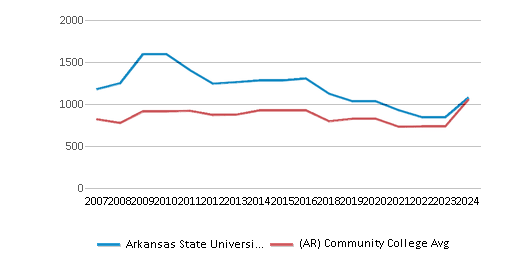
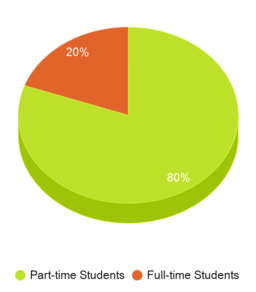
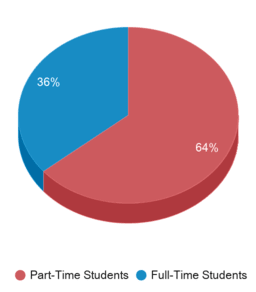
# Enrollment Undergraduate
133 students
217 students
# Full-Time Undergraduate Students
261 students
595 students
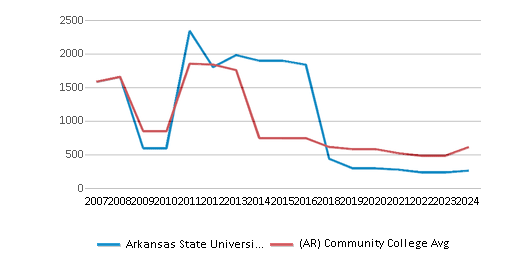
# Full-Time Graduate Students
n/a
15 students
# Part-Time Undergraduate Students
1,077 students
1,058 students
# Part-Time Graduate Students
n/a
38 students
Total Dormitory Capacity
n/a
160 students
% American Indian/Alaskan
1%
1%

% Asian
n/a
2%
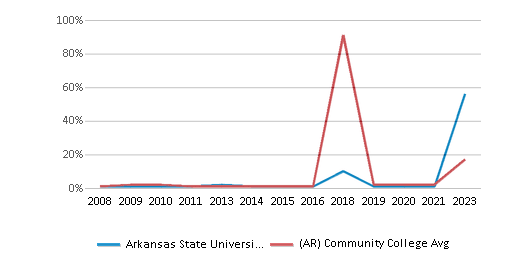
% Hispanic
3%
11%
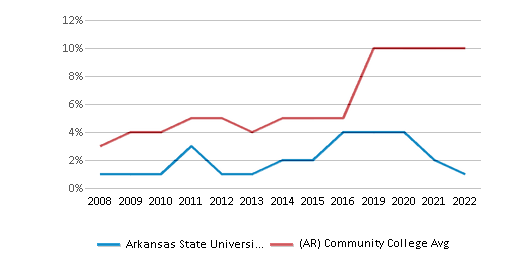
% Black
58%
18%
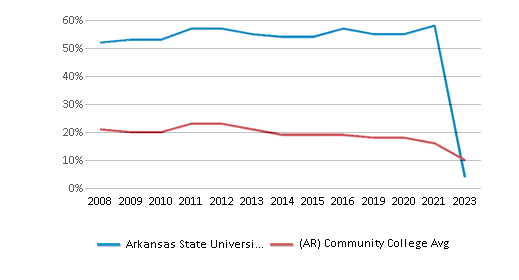
% White
31%
61%
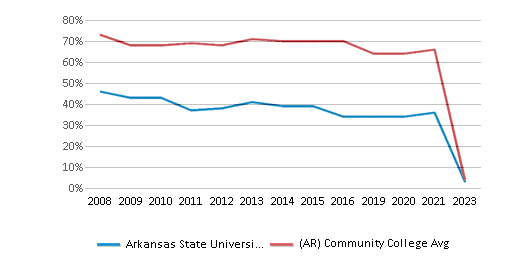
% Hawaiian
3%
1%
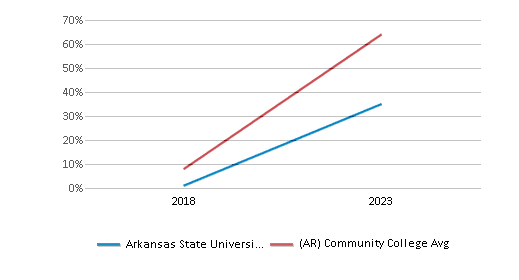
% Two or more races
3%
4%
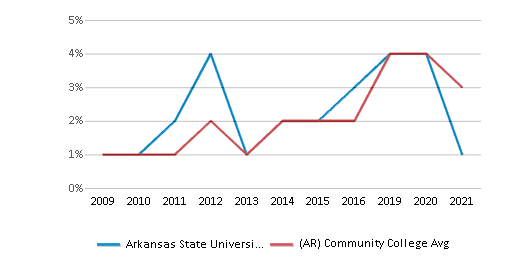
% Non Resident races
1%
1%
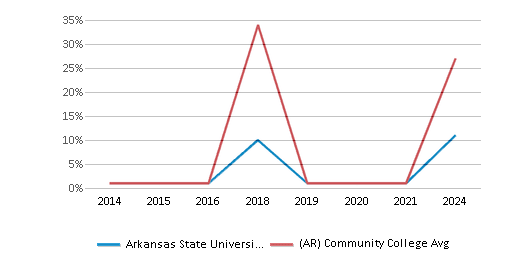
% Unknown races
n/a
1%
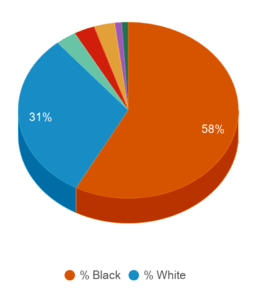
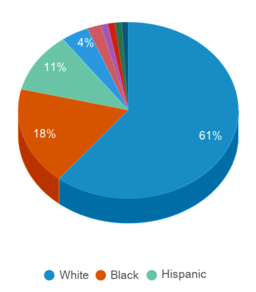
Diversity Score
0.56
0.58
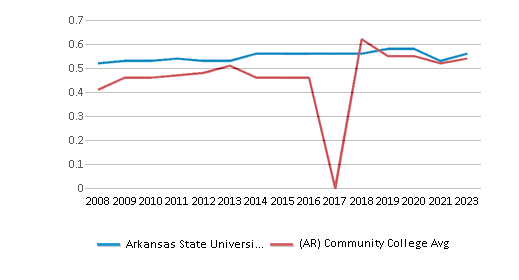
College Completion Rate (Students who graduate in less than 4 years)
0.4253%
0.3818%

College Completion Rate (Students who graduate in 4 years or more than 4 years)
n/a
0.3095%
Average Graduate Earnings (10 Years)
$25,800
$28,600
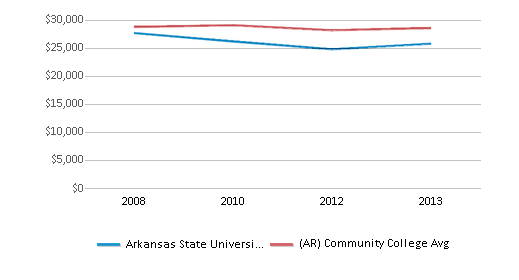
Tuition and Acceptance Rate
The public in-state tuition of $2,688 is less than the state average of $2,994. The in-state tuition has declined by 16% over four years.
The public out-state tuition of $3,648 is less than the state average of $4,750. The out-state tuition has declined by 12% over four years.
In-State Tuition Fees
$2,688
$2,994
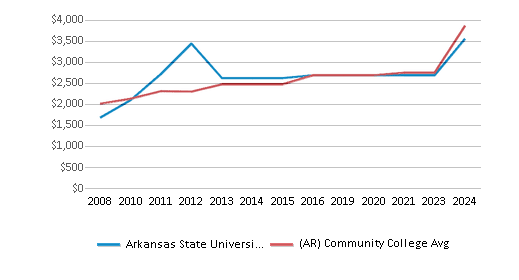
Out-State Tuition Fees
$3,648
$4,750
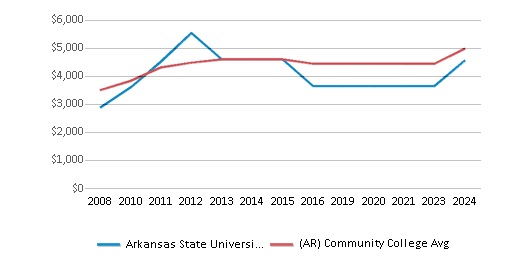
Tuition Notes
Based on 24 hours in an academic year.
% Students Receiving Some Financial Aid
100%
94%
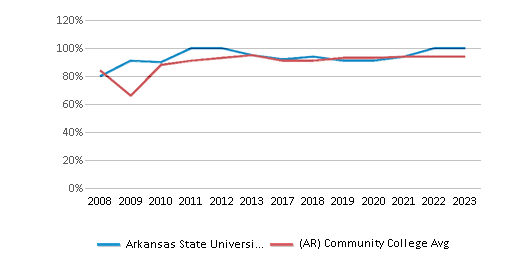
Median Debt for Graduates
n/a
$9,750
Median Debt for Dropouts
n/a
$5,300
Acceptance Rate
100%
100%
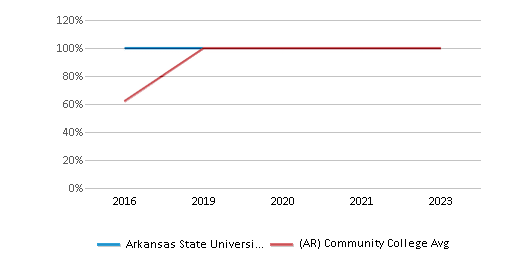
SAT Reading
n/a
540
SAT Math
n/a
520
SAT Writing
n/a
515
ACT Composite
n/a
22
ACT English
n/a
22
ACT Math
n/a
21
Sports
Total Sports Offered
1 sport
Sports
Basketball
Source: 2024 (or latest year available) Integrated Postsecondary Education Data System (IPEDS) , School Administrators
School Notes
- The centerpiece of our campus is the Donald W. Reynolds Center for Educational Excellence which houses an ever-expanding Library Media Center, a technologically-intense Dr. Barbara C. Baxter Learning Success Center, a state-of-the-art and award-winning multimedia conference room, food service area and bookstore, as well as a myriad of other student support functions. Work-based Learning with hands-on job training is offered to students enrolled in a technical program and who intend to enter the job market upon graduation. Students, while in their last semester of college, participate in the Work-Based Learning Program to prepare them for a position in their chosen field. Arkansas State University Mid-South offers web-based courses in Campus Cruiser for students who want to take classes but have time restraints preventing them from attending classes on campus. We offer computer, history, English, and criminal justice classes online for our students. Arkansas State University Mid-South is accredited by the Higher Learning Commission of the North Central Association of Colleges and Schools. The Adult Education program offers free GED classes, basic skills classes, and computer literacy classes on site at companies or at the College.
Frequently Asked Questions
How much does Arkansas State University Mid-South cost?
Arkansas State University Mid-South's tuition is approximately $2,688 for In-State students and $3,648 for Out-State students.
What is the acceptance rate of Arkansas State University Mid-South?
The acceptance rate of Arkansas State University Mid-South is 100%, which is equal to the state average of 100%.
What sports does Arkansas State University Mid-South offer?
Arkansas State University Mid-South offers 1 interscholastic sports: Basketball.
What is Arkansas State University Mid-South's ranking?
Arkansas State University Mid-South ranks among the top 20% of community college in Arkansas for: Least expensive tuition and Percent of students receiving financial aid.
Recent Articles

Obtaining Your Bachelor's Degree at a Community College
Explore the evolving landscape of community colleges offering bachelor's degrees, addressing affordability, accessibility, and workforce needs.

A to Z of Community College Certificates and Courses
From business and healthcare to technology and skilled trades, the article showcases the breadth of options available to students seeking to enhance their knowledge, develop new skills, or pursue career advancement.

What is a Community College?
This comprehensive guide explains what a community college is, its history, and its role in higher education. It covers the types of programs offered, differences from four-year colleges, benefits of attending, and important considerations for prospective students, providing valuable insights for those exploring educational options.

